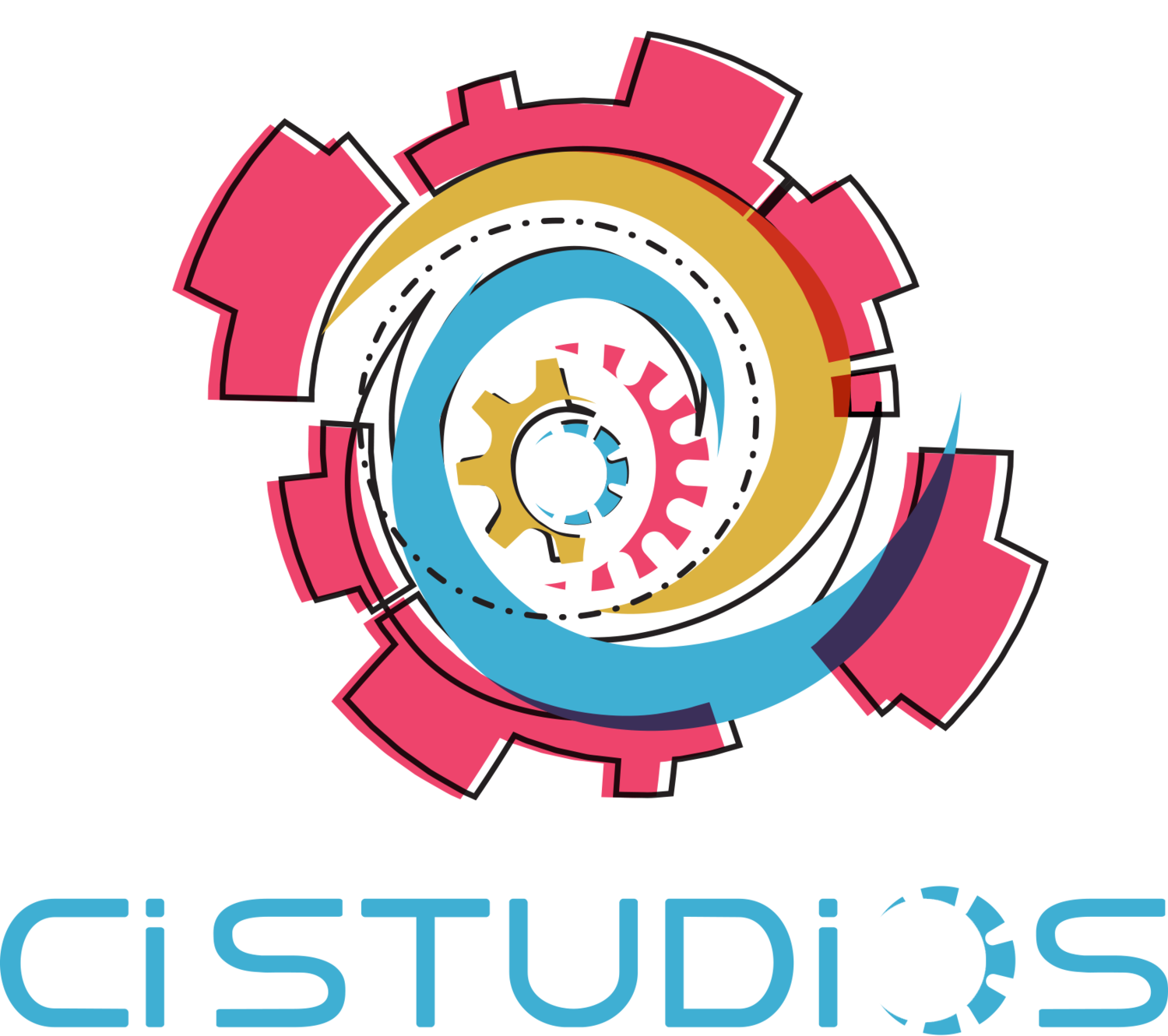We've talked in the past about why someone would choose to produce a live action video, vs. an animated video. Both methodologies have pros and cons, and neither is ever going to be a good (or bad!) option 100% of the time. In light of recent events, we'd like to revisit this topic, with an eye for how to take a script created with a live-action approach in mind, and interpret or adapt it such that digital graphics might now do some of the heavy storytelling lifting.
We'll get this out of the way early: If a script was created with a specific approach in mind, it's always (always!) a good idea to see if production can simply be delayed til it's safer and more practical to get the film crew back together. Shots are usually assembled with certain filming techniques in mind, and it's rarely going to be easy to re-construct it using graphics instead of actors or live scenery. By the same token, however, sometimes delaying a shoot isn't always practical either. A video project might have been conceived with a Spring vibe in mind, and if production doesn't start until Autumn, well... That's quite the challenge. Probably not an insurmountable one, but budgets being the finite resources they are, it does become a question of priorities at a certain point (Pro tip: It is always a question of priorities).
The benefit to graphics is that they can be created and edited without ever needing to involve real actors or production crews, and while voice actors might be called for, they can often record their bits from a home studio. So, there are some very real upsides to asking the question, "Can this video shoot turn into an animated piece?" A helpful approach for this kind of adaptation is often to think literally. If your script discusses a company's goals and projections for the year, interpreting those ideas with graphics that literally suggest "growth" or "movement" (A tree! A cheetah! A butterfly emerging from a chrysalis!) can go a long way, and can often serve as a very entertaining counterpoint to the spoken dialogue.
Some other examples: If your shoot involves back-and-forth dialogue, there are lot of different kinds of character animation that could work for this. The benefit here is that you don't have to bring actors to a real set, and you can place your story in any kind of context you like. Lots of commercials these days do a Thing where the main characters are talking about (for example) car insurance, while in the background they're doing something totally random (Climbing a mountain! Skydiving! Lassoing a runaway steer!) While this can be done in live action (and to great effect), an animation approach clearly has the advantage in that, you don't actually have to push your actors out of a plane. On purpose, anyway. (C.I. Studios does not endorse pushing actors out of a plane).
These are a few examples. Again, not always a clear cut right or wrong answer in every case, but at the very least is something worth considering. Please stay safe everyone, and we will check back in with you next month!

